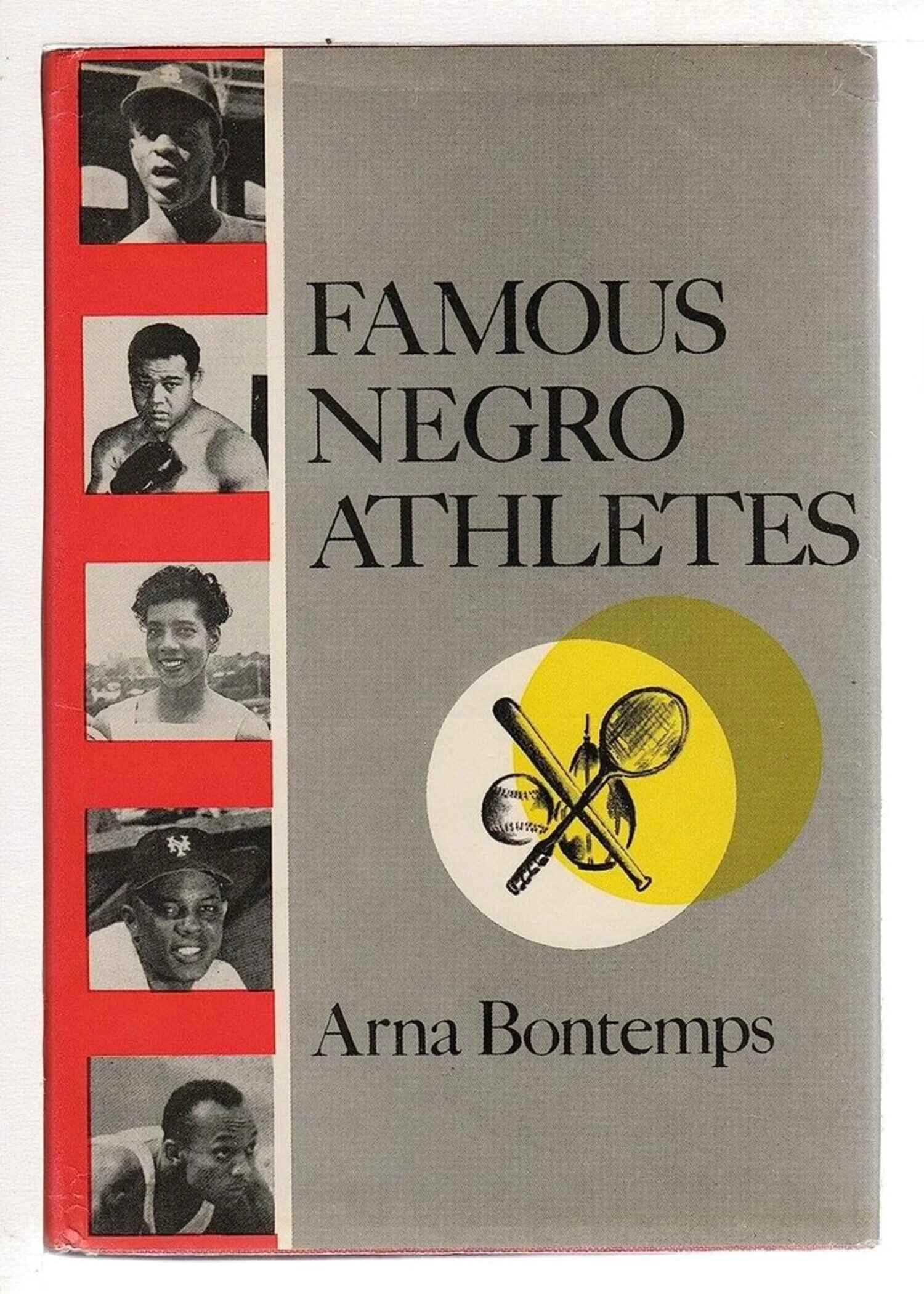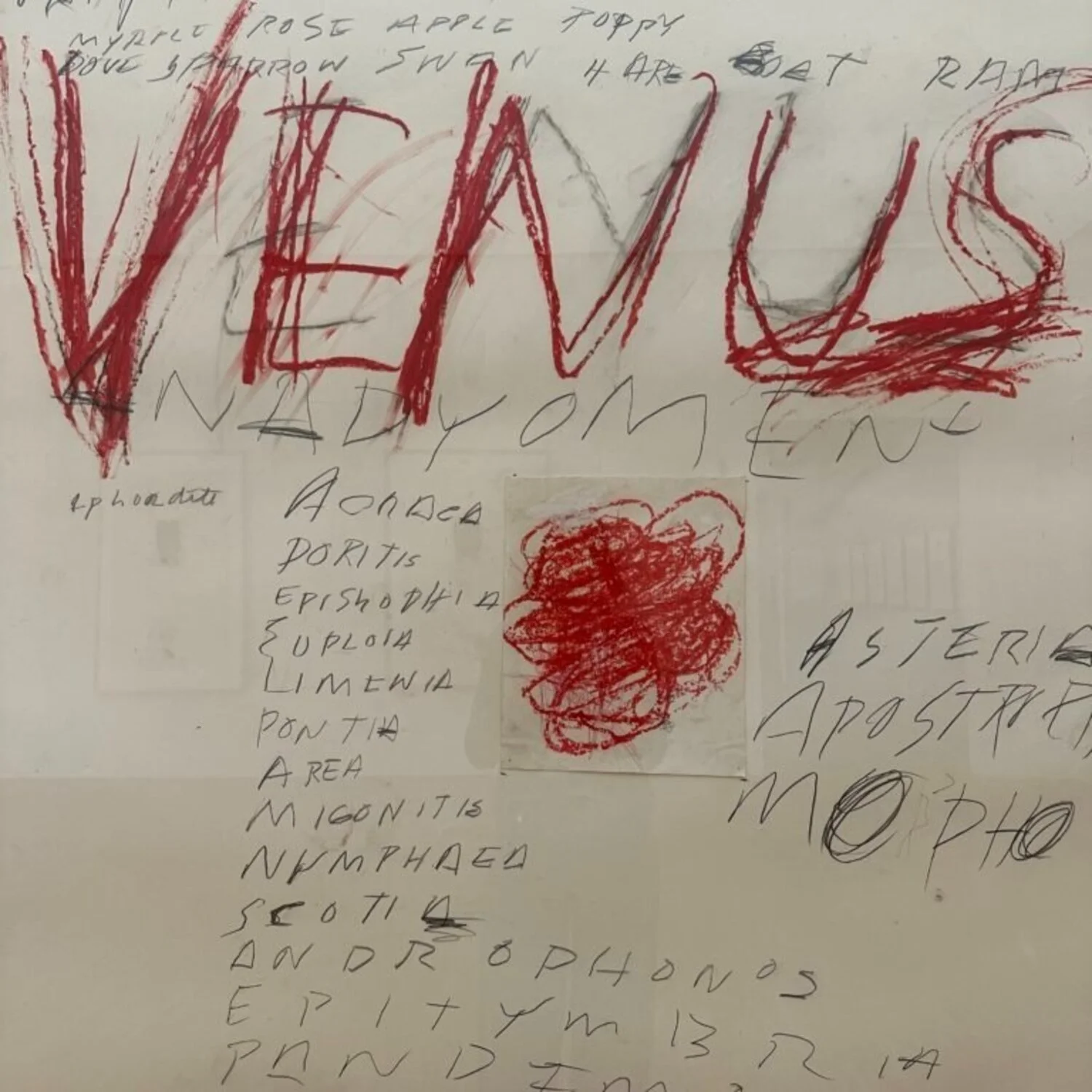‘Basquiatmania’ has engulfed the art world. International Exhibitions draw massive crowds, eye-watering auction prices, merchandise, and documentaries, thrive. His work has spawned a sea of fakes and a slew of copycat artists. Angelina Jolie has even revived his former NYC studio.
But are all Basquiat’s works created equal?
One work that was recently donated to Yale University Art Gallery, Famous Negro Athletes, challenges this notion. I was honored to have the opportunity to help facilitate this generous gift into this internationally acclaimed collection.
The early work confronts racism head-on. A row of angry faces, glare at us, in the form of a lineup, generating our discomfort. The title, scrawled in an outdated language, is a direct jab at prejudice.
Famous Negro Athletes by Arna Bontemps
While writing the appraisal report, I discovered a book with the same title by the Haitian writer Arna Bontemps championing Joe Louis, Jesse Owens, and Sugar Ray Robinson among others. This may have been in the young artist’s library, possibly serving as the painting’s genesis and featuring sportsmen that all appear in later works by the artist.
Jean-Michel questioned why Black excellence was confined to sports and music.
Entertainment only, but not art.
The intentionally misspelled "Atheletes" underscores this point, by injecting ‘elites’ into the word, phonetically. This raw talent channeled his anger into a powerful, poetic statement.
"Famous Negro Athletes" is more than a picture. It's an action painting, a shamanic ritual. Flung paint evokes Pollock's energy combined with Twombly’s calligraphic sgraffito. Smeared black paint smudges in the artist’s hand suggest a sweeping curveball missing the intended word, ‘Famous’. It falls short, landing at the awkward word ‘, Negro’ instead. With expressive slashing lines, he challenges the viewer with rage, black rage, a legacy of slavery. The work generates an inner discomfort we prefer to avoid.
Venus by Cy Twombly
This is not just art; it is a declaration. Basquiat, challenged the art world, daring it to face its own biases. He both courted and condemned collectors while using race and the concepts surrounding race as a powerful weapon. The card he dealt us could be a Joker, an Ace, or a King.
"Famous Negro Athletes" stands out. A knockout punch, a gem, launching Basquiat into his most productive and arguably important period (1981- 84). This is a Rosetta Stone, a key to deciphering his works, his eureka moment before all the accolades and attention. It is a heavyweight, and though smaller it stands just as tall as its larger later siblings, packing a powerful message that resonates even today.
You can view the work at the Yale University Art Gallery in New Haven, CT which holds over 185,000 works of art from around the world.




